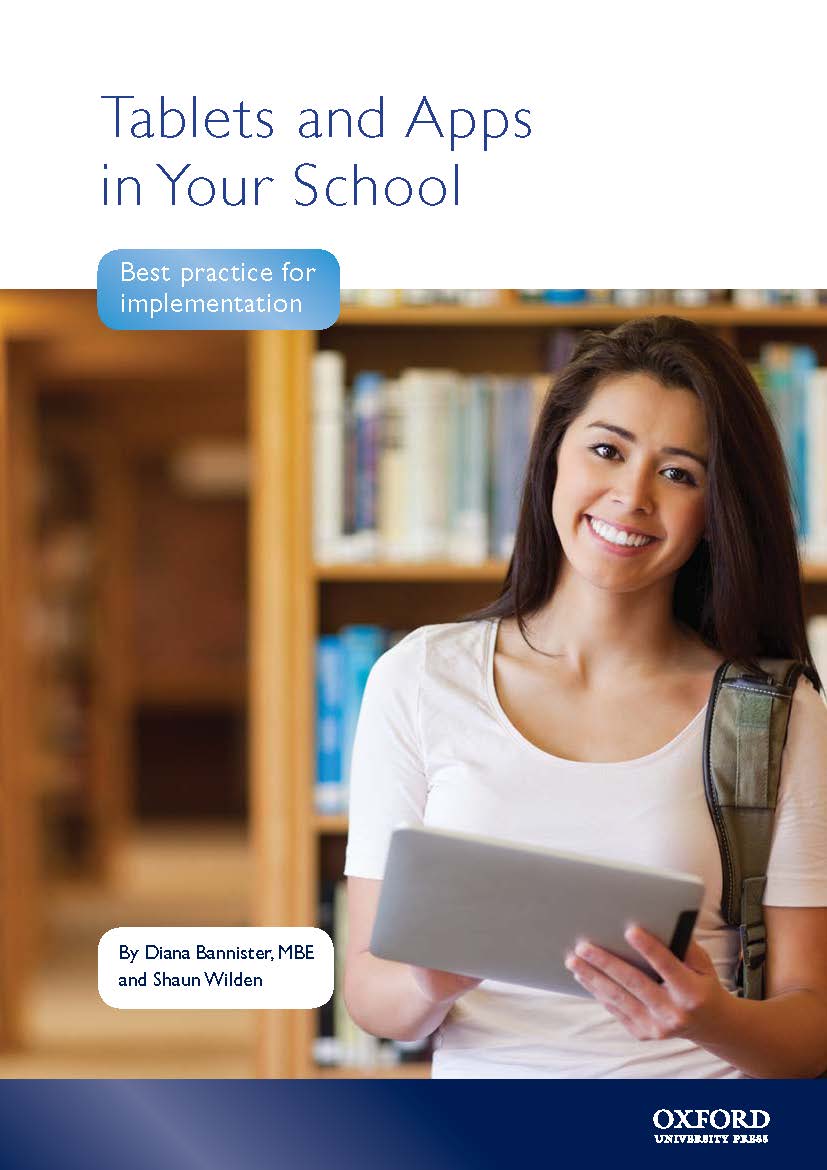 There is a growing interest in using tablets in the English language classroom. Teachers are interested in them for a number of reasons. Firstly, is their potential for the higher student engagement that comes with using a device that is interactive, intuitive and with scope to use a multitude of tools for personalised learning. Teachers also appreciate the benefit of having some course components that give instant feedback to students thus saving marking time. Another compelling reason is the ease with which teachers can create lessons for classes that are more targeted to individual needs.
There is a growing interest in using tablets in the English language classroom. Teachers are interested in them for a number of reasons. Firstly, is their potential for the higher student engagement that comes with using a device that is interactive, intuitive and with scope to use a multitude of tools for personalised learning. Teachers also appreciate the benefit of having some course components that give instant feedback to students thus saving marking time. Another compelling reason is the ease with which teachers can create lessons for classes that are more targeted to individual needs.
If you are considering using tablets with your students, our new white paper Tablets and Apps in Your School is a great place to start your journey. It supports and guides decision-makers with the who, what, why, where, and how of implementing tablets.
Download your free copy of the white paper now.
The authors, Diana Bannister, MBE and Shaun Wilden are familiar to many in the ELT world. Bannister works directly within the education sector, helping schools implement and develop learning technologies, and is working on two long-term projects focusing on the use of tablets in European schools. Wilden trains teachers in the use of new technologies, as well as writing blogs, conducting webinars, moderating the #eltchat group, and delivering talks worldwide.
Bannister and Wilden understand that, for a school leader, it’s not just a question of whether the technology will benefit the students or if the teachers want it; they also need a vision for how they will be implemented – from introduction to training to maintenance and on-going cost. In the paper, Bannister and Wilden look at the questions that leaders need to ask themselves before embarking on a tablet programme, including, “Is my school ready for tablets?” and “Which tablets do we buy?”. Importantly, they also address issues of e-safety and parental involvement.
As well as parents, teachers need to be on board and open to the idea of adjusting their classrooms for tablet use. Bannister and Wilden suggest steps to take to ensure teachers are comfortable with the new technology and outline the benefits of starting small.
Perhaps the key issue for teachers is the use of tablets and apps for good teaching and learning. How can they help students learn English better? In the final section of this paper, Bannister and Wilden address this issue by setting out some guidelines for best practice. Most importantly, they outline the key questions teachers need to ask about tablets to ensure their use fulfils learning outcomes, and give a rationale for how specific apps can fulfil specific aims.
One of the most convincing arguments for using tablets in the classroom is the possibility for students to then take that learning outside of the classroom – they can use the digital materials they are familiar with from class on their own devices at home.
Bannister and Wilden conclude that tablet use in education is moving into the mainstream, but that we are still in an evolutionary stage. They recommend that school leaders do their homework and carefully consider not just the technology, but the impact implementation will have overall.
To find out more, download the white paper now.


[…] There is a growing interest in using tablets in the English language classroom. Teachers are interested in them for a number of reasons. Firstly, is their potential for the higher student engagemen… […]
Reblogged this on Mytutorblog's Blog.
[…] There is a growing interest in using tablets in the English language classroom. Teachers are interested in them for a number of reasons. […]
[…] There is a growing interest in using tablets in the English language classroom. Teachers are interested in them for a number of reasons. Firstly, is their potential for the higher student engagemen… […]
[…] There is a growing interest in using tablets in the English language classroom. […]
[…] See on oupeltglobalblog.com […]
[…] There is a growing interest in using tablets in the English language classroom. […]
Excellent post and even better recommendations. I simply stumbled upon your blog and got what I was for. Thank you for sharing.